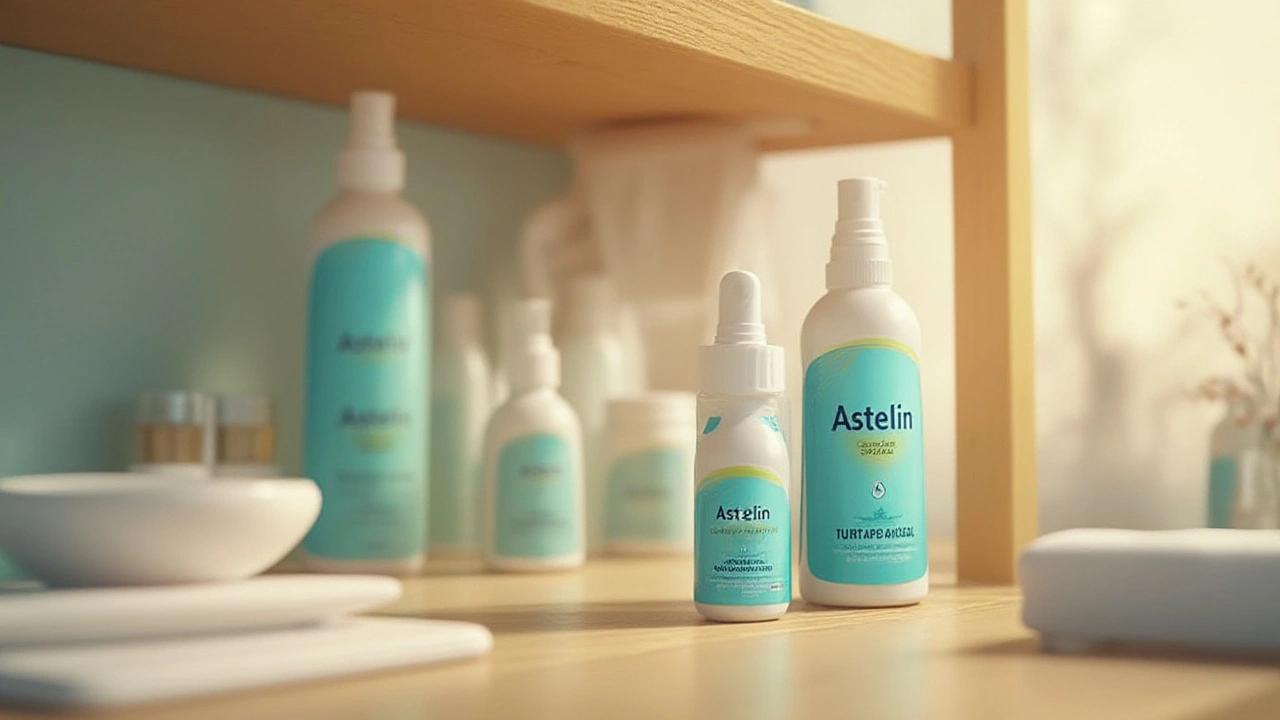Azelastine: What It Does and Who It Helps
Got a nose that itches and won’t stop, or eyes that water the moment pollen shows up? Azelastine is an antihistamine that comes as a nasal spray and as eye drops. People use it to stop sneezing, runny nose, and itchy, red eyes caused by allergies. It often starts working faster than many steroid sprays — sometimes within minutes.
How azelastine works and when to use it
Azelastine blocks histamine receptors where allergic reactions start in the nose and eyes. For nasal symptoms, the spray reduces sneezing, congestion, and a runny nose. For eye allergies, the drops calm itch and redness. You’ll see it recommended for seasonal allergies (like hay fever) and year-round allergic rhinitis when triggers are present in your home or workplace.
Approval age and exact strength can vary by product and country, so check the label or ask a pharmacist if it’s right for a child or teen. Some versions are prescription-only in certain places, while others are available over the counter.
Practical tips, dosing, and what to watch for
Use the nasal spray exactly as the label or your doctor tells you. Common tips: shake if instructed, prime the pump before first use, keep your head upright, and avoid sniffing hard right after spraying. For eye drops, don’t touch the tip to your eye and follow the recommended dosing—usually a drop in each eye as directed.
Common side effects include a bitter taste (nasal spray), mild drowsiness, nasal irritation, or dry mouth. If you feel very sleepy, avoid driving or operating machinery until you know how it affects you. If you have severe side effects like fast heartbeat, swelling, or trouble breathing, get emergency help.
Drug interactions are limited but be careful with other sedatives or alcohol, which can increase drowsiness. Tell your doctor about other meds you take, and mention pregnancy or breastfeeding so you get tailored advice.
Alternatives and when to switch
If azelastine doesn’t control your symptoms, options include intranasal steroid sprays (like fluticasone), oral antihistamines (cetirizine, loratadine), or other eye drops (olopatadine). For stubborn cases, doctors sometimes combine azelastine with a steroid spray for better relief. Ask your clinician which combo fits your symptoms and health history.
Azelastine works quickly for many people and fits well into a short-term plan for allergy flare-ups or ongoing seasonal control. If you’re unsure about doses, safety, or whether it will mix with other meds you take, a quick call to your pharmacist or primary care doctor clears things up fast.
